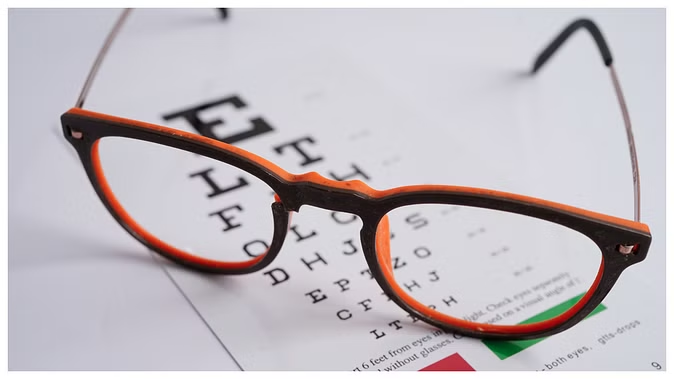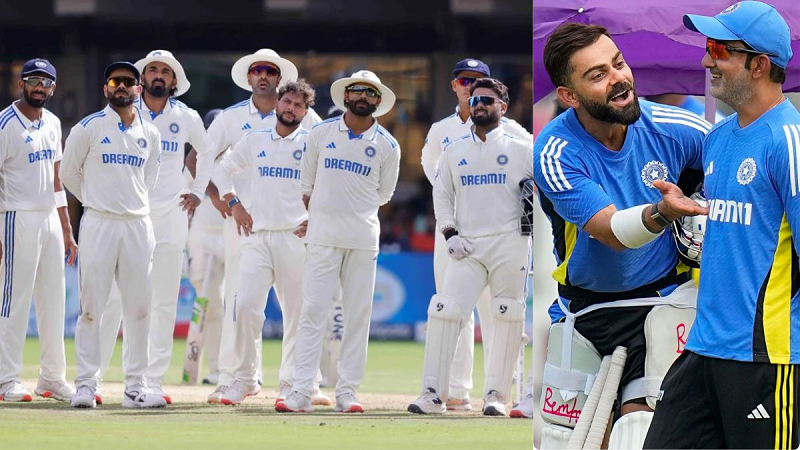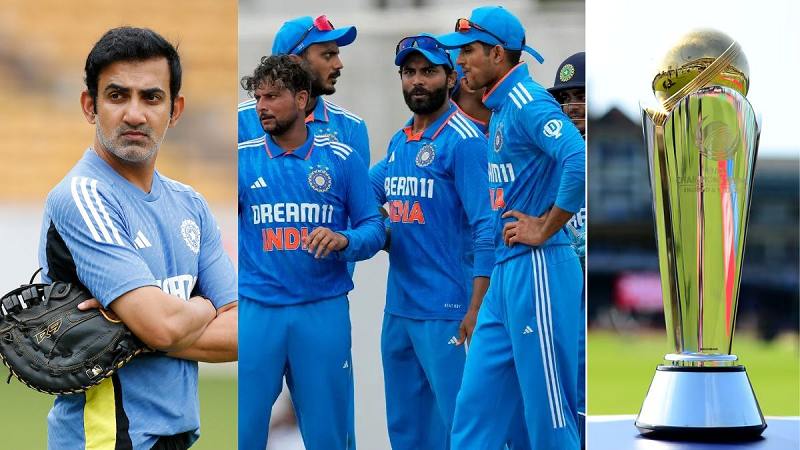The effect of the COVID-19 epidemic, which started in late 2019, may have subsided now, but the risk of infection remains at the global level. New variants arising from mutations in the virus have been increasing the concern of experts. Meanwhile, health experts have alerted people about a new epidemic growing around the world.

Experts said, that in this technology-driven world, we all remain glued to some kind of screen throughout the day. Be it mobile, television, or laptop, our screen time has increased significantly due to their excessive use, which can give rise to a new epidemic.
Health experts said, cases of eye-related problems, especially myopia (nearsightedness), are increasing very rapidly around the world. This is the most reported problem in children, which increases the risk of low vision and blindness over time. If efforts are not made to control it in time, a large population of adults may suffer from myopia in the next one or two decades. This is a matter of serious concern.
Increasing cases of myopia
Health experts say that being diagnosed with myopia in childhood can also affect the quality of life. This trend is worrying, it is not just a problem of dependence on glasses but it also increases the risk of other eye diseases like glaucoma and retinal detachment. Some studies estimate that by the year 2050, about half of the world's population may suffer from myopia. In India, the incidence of myopia in children is increasing continuously. The coronavirus epidemic has increased its risks even more.
Risk of mental diseases due to myopia
Ophthalmologists say that in most cases myopia is diagnosed in childhood. This problem is not limited to the eyes only, due to this there is a risk of negative impact on psychological health as well. Due to myopia, children's participation in specific sports and other activities is reduced. Lack of outdoor sports can hurt mental health. People suffering from myopia may be at a higher risk of stress-anxiety and many other mental health-related disorders in the future.
The increasing problem of myopia in children
A study published in the British Journal of Ophthalmology has alerted about the increasing problem of myopia in children. Research conducted on more than five million children and adolescents in 50 countries has found that the risk is highest in Asian countries. 85% of children in Japan and 73% in South Korea suffer from nearsightedness, while more than 40% of children in China and Russia are affected by it.

Know about myopia
According to ophthalmologists, myopia (nearsightedness) is a serious eye problem, in which the patient can see objects near him clearly, but distant objects appear blurred. In this, the shape of the eye changes. Generally, such a problem can occur due to the enlargement of the cornea, the protective outer layer of the eye. In such a situation, the light entering the eye is not able to focus properly.
Why are myopia cases increasing?
In a study published in 'The Lancet Digital Health Journal', researchers reported that screen time has increased the risk of myopia in children and youth significantly as compared to before. Spending too much time on the screen of a smart device increases the risk of myopia by 30 percent. Along with this, due to excessive use of computers, this risk has increased to about 80 percent.
Apart from this, due to the negative conditions of the coronavirus epidemic such as people spending more and more time at home and, a reduction in sports outside and online classes, the cases of this eye-related disease have increased even more.
(PC: Freepik)










